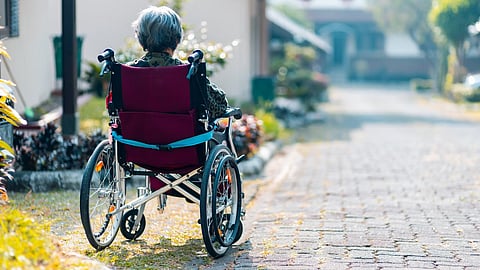Shi was joined in the research by Purdue colleagues Edmond A. Rogers, first author, and co-authors Timothy Beauclair, Jhon Martinez, Shatha J. Mufti, David Kim, Siyuan Sun, Rachel L. Stingel, Nikita Krishnan and Jennifer Crodian, senior research associate at Purdue’s Center for Paralysis Research, as well as Alexandra M. Dieterly of Charles River Laboratory. The study was supported by the state of Indiana, the National Institutes of Health and Plexon Inc.
Moving forward, Shi said, he may be able to incorporate multiple additional features, which would allow the measurements of minute forces that cells experience during the blow, and biochemical testing — like checking levels of acrolein — without removing cells from the chamber. Industry partners interested in further developing or commercializing Shi’s innovation should contact Joseph Kasper of the Purdue Innovates Office of Technology Commercialization at jrkasper@prf.org.
(AM/Newswise)


